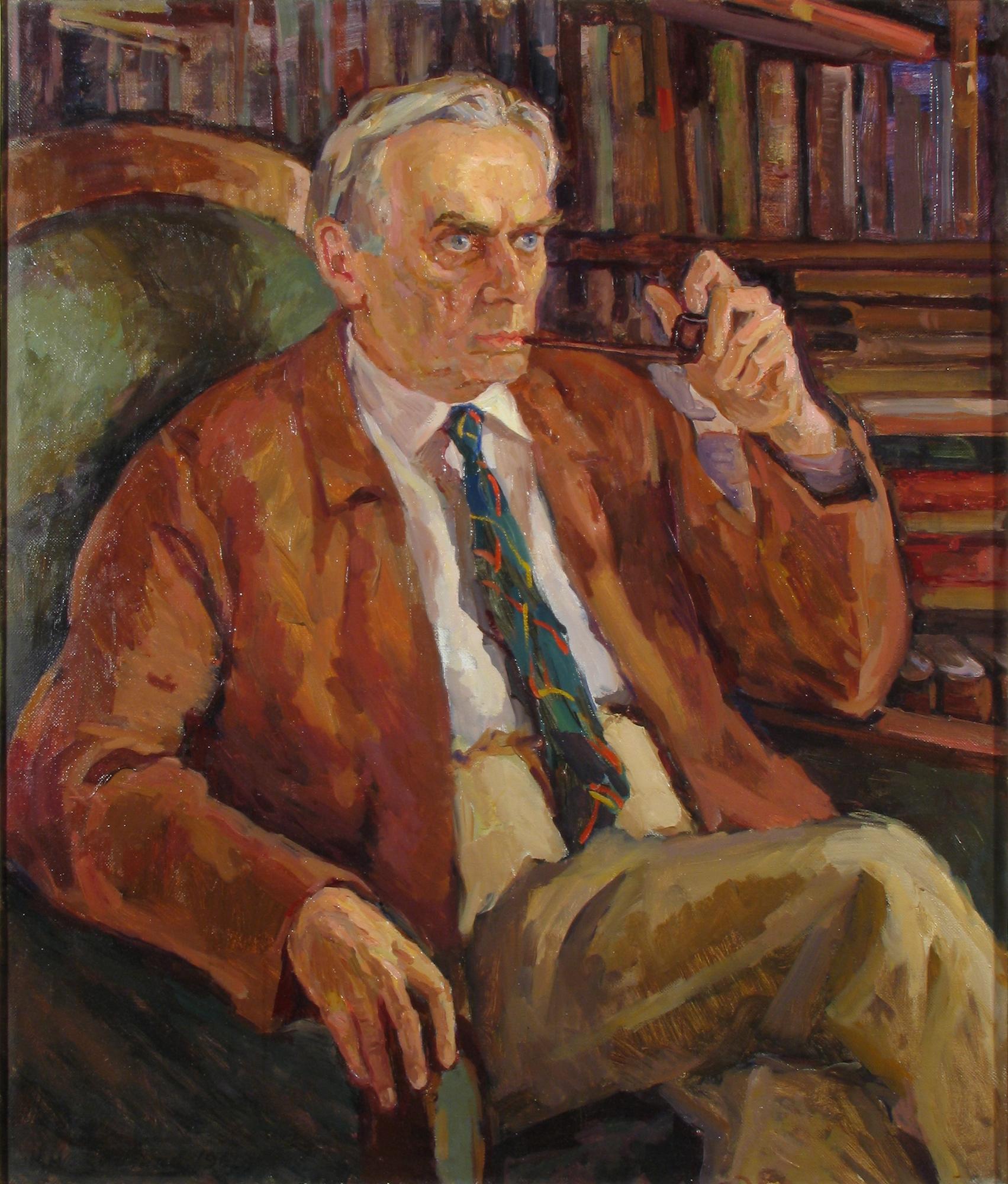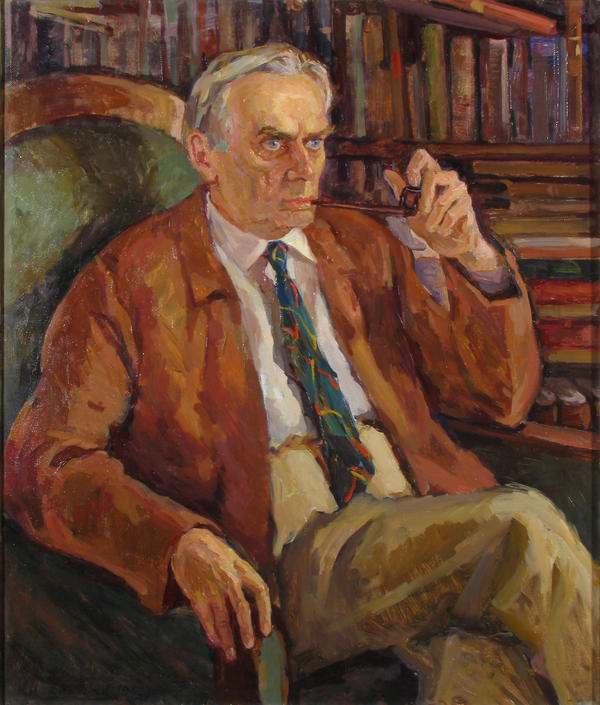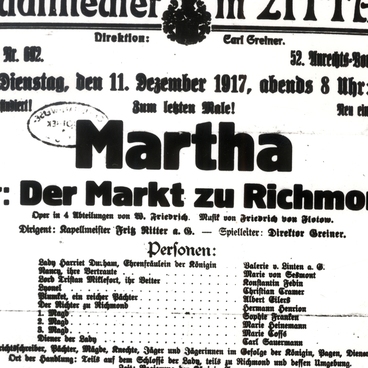Natalya Navashina-Krandievskaya (1923–2018) was born into a creative family: her mother was sculptor Nadezhda Krandievskaya, her father was architect Pyotr Faidysh, and her mother’s sister, Natalya Krandievskaya, was the wife of the writer Alexei Tolstoy. Natalya was thus surrounded by representatives of the creative elite of her time from a very early age.
In 1947, Navashina-Krandievskaya graduated with honours from the Surikov Moscow State Academic Art Institute, where she studied under such celebrated artists as Igor Grabar, Dmitry Mochalsky, Alexander Deineka and Sergei Gerasimov. In 1948, she was admitted to the Union of Artists of the USSR. Navashina-Krandievskaya created a unique portrait gallery of her contemporaries, including writers, poets, composers, artists and scholars. Her works are kept in the collections of the country’s largest museums, including the State Tretyakov Gallery, Bakhrushin State Central Theatre Museum, the Dal State Museum of the History of Russian Literature and the Glinka Museum of Musical Culture, as well as in many private collections around the world.
The Fedin Museum holds several of her paintings, featuring still lives, landscapes and, of course, portraits. She made portraits of Konstantin Fedin, his daughter Nina and his grandsons Varya and Kostya. In 1953, Natalya married Sergei Navashin, the adopted son of writer Konstantin Paustovsky, and moved to the famous house on Lavrushinsky Lane. There she became friends with the Fedin family, developing particularly close ties with Nina, who was the same age as her. The two remained friends until the end of their lives. They also had neighbouring summer houses at the writers’ village in Peredelkino.
The portrait of Konstantin Fedin is the first to welcome visitors to the permanent exhibition “House of Russian Literature of the 20th Century.” Fedin is depicted in a thoughtful pose, sitting in an armchair, pipe in hand, in his study at his country house in Peredelkino. The portrait perfectly conveys the psychological state of a writer lost in creative contemplation, as if trying to divine the further development of his artistic idea “through a crystal ball”.
In 1947, Navashina-Krandievskaya graduated with honours from the Surikov Moscow State Academic Art Institute, where she studied under such celebrated artists as Igor Grabar, Dmitry Mochalsky, Alexander Deineka and Sergei Gerasimov. In 1948, she was admitted to the Union of Artists of the USSR. Navashina-Krandievskaya created a unique portrait gallery of her contemporaries, including writers, poets, composers, artists and scholars. Her works are kept in the collections of the country’s largest museums, including the State Tretyakov Gallery, Bakhrushin State Central Theatre Museum, the Dal State Museum of the History of Russian Literature and the Glinka Museum of Musical Culture, as well as in many private collections around the world.
The Fedin Museum holds several of her paintings, featuring still lives, landscapes and, of course, portraits. She made portraits of Konstantin Fedin, his daughter Nina and his grandsons Varya and Kostya. In 1953, Natalya married Sergei Navashin, the adopted son of writer Konstantin Paustovsky, and moved to the famous house on Lavrushinsky Lane. There she became friends with the Fedin family, developing particularly close ties with Nina, who was the same age as her. The two remained friends until the end of their lives. They also had neighbouring summer houses at the writers’ village in Peredelkino.
The portrait of Konstantin Fedin is the first to welcome visitors to the permanent exhibition “House of Russian Literature of the 20th Century.” Fedin is depicted in a thoughtful pose, sitting in an armchair, pipe in hand, in his study at his country house in Peredelkino. The portrait perfectly conveys the psychological state of a writer lost in creative contemplation, as if trying to divine the further development of his artistic idea “through a crystal ball”.



